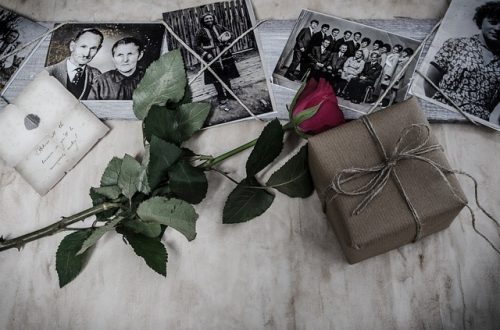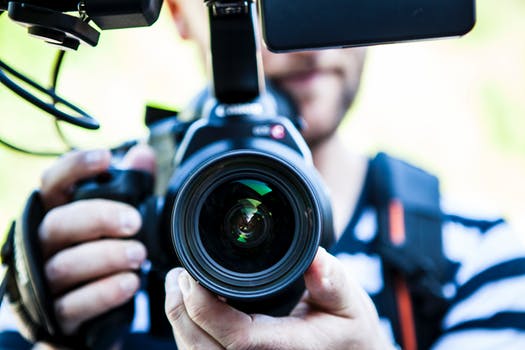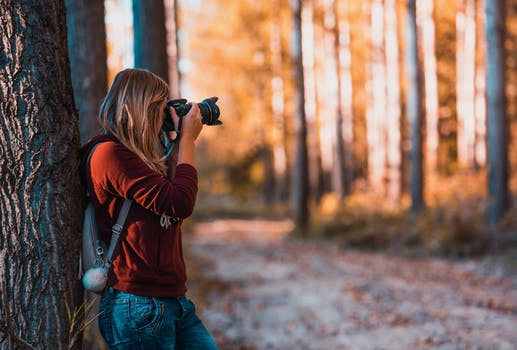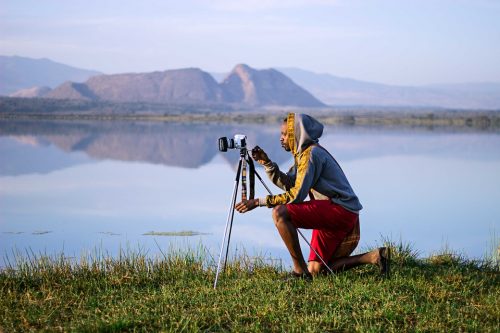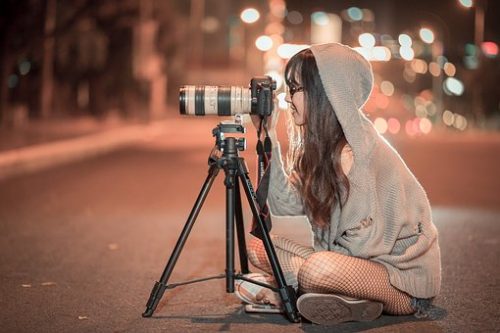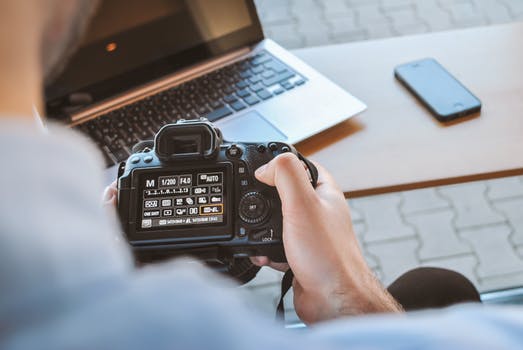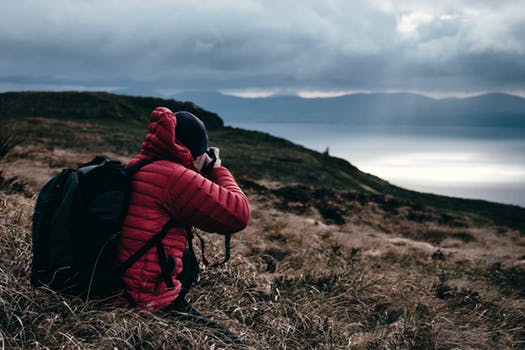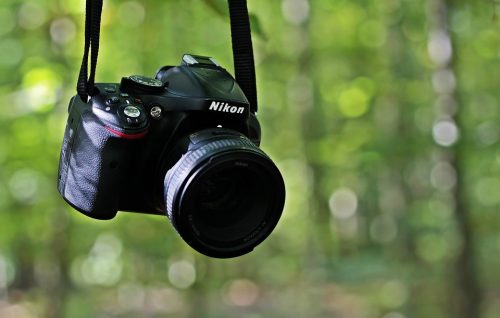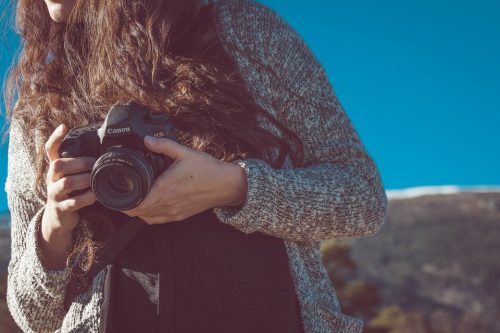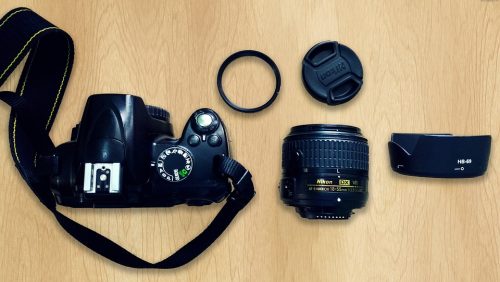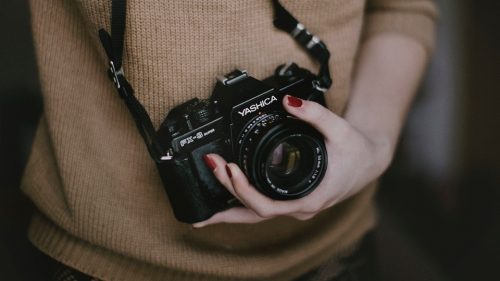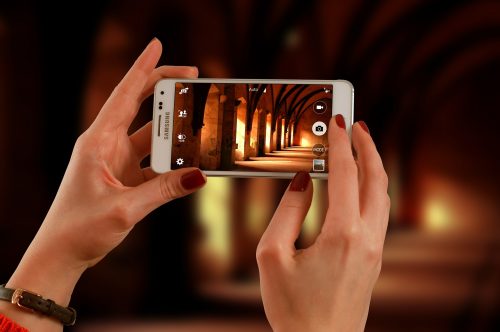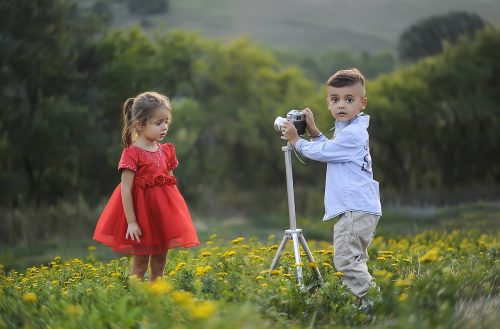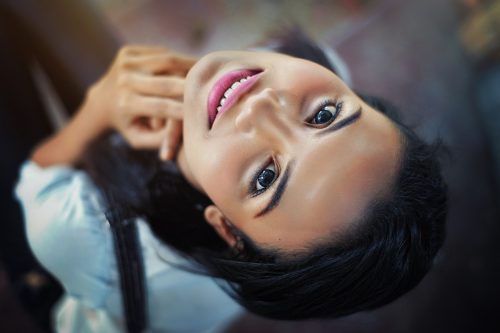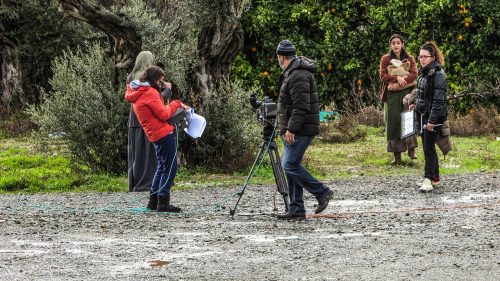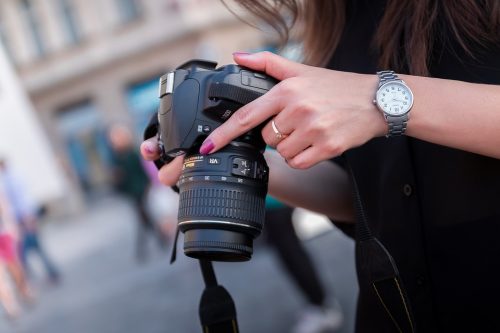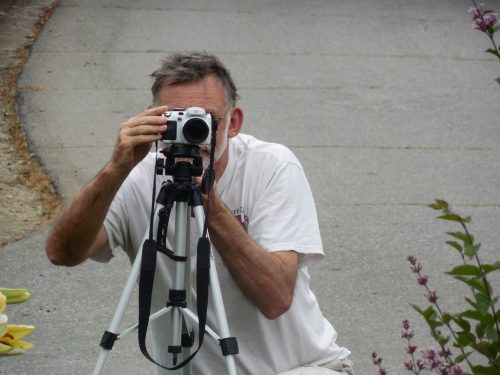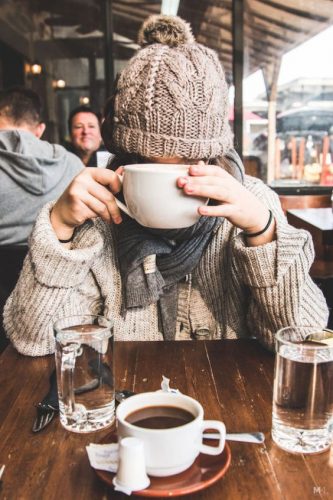
Some people go crazy at taking pictures, to the point that they turn a pastime into a way of life. Many social media stars rose to fame due to the incredible photos they post online on a regular basis. Were they all taken with a regular camera phone? Nope – a lot of them use professional gadgets and perhaps hire folks to capture the shots for them.
On the other hand, some individuals would much rather stay out of frame. It isn’t because they have flaws they don’t want everybody else to see. Often, the reason is that they are camera-shy and they assume they aren’t photogenic enough to be the subject of still images.
If you’re more like the latter, you surely know how this shyness can bring your loved ones’ mood down. Instead of joining group pictures, for instance, you pretend to need a quick bathroom break, and then only come out when the photo op is over. Or, in case they manage to pull you out, you either cover half of your face or put on an awkward expression.
Although no one can or should underestimate your anxiety around cameras, remember that images are great remembrances you can keep for life. If you wish to chuck out this problem, here are some tips on how to stop being a camera-shy individual.
Overcome Your Fear
My initial advice is to take that first selfie, in case you haven’t at this point. Considering you have, and yet you still feel uneasy about having your photos captured, then just continue doing it or ask a friend to do it for you to let go of the fear.

Get Comfortable
Another source of worry for many folks is that they may look too skinny, fat, underdressed, or dolled up in the picture. Because of that, you should only wear an ensemble you don’t mind being caught in anytime.
Forget Past, Present Or Future Haters
Beauty standards can also make someone anxious. If you were – or are – a victim of bullying or body-shaming, whether online or not, you may quickly think you’ll never seem significant in front of a camera. However, haters will always lurk around regardless if your figure is like Kim K’s or Gigi Hadid’s, so try your mightiest not to give them the satisfaction of controlling your life decisions.
Avoid Posing At First
Doing poses when you’re not familiar with the act will highlight your awkwardness a lot. Personally, I suggest going with candid shots in the beginning so that you can develop a sense of comfortability without pressure. Once you’re ready for the theatrics, then strike a pose whenever you please.
Never Push Yourself Too Much
In case you’re not feeling it after a week or so, don’t give up, but prevent going overboard as well. The love for getting your images captured will never grow overnight. You need to take it easy on yourself since, to be honest, forcing the idea won’t make you appreciate it more.

Be You
Last but not least, don’t be afraid to act normal in front of a camera. It’s a device that won’t eat you alive; you can be as silly or as funny as you usually are around the people you love. Once you keep that in mind, your photos will look much better instantly.

